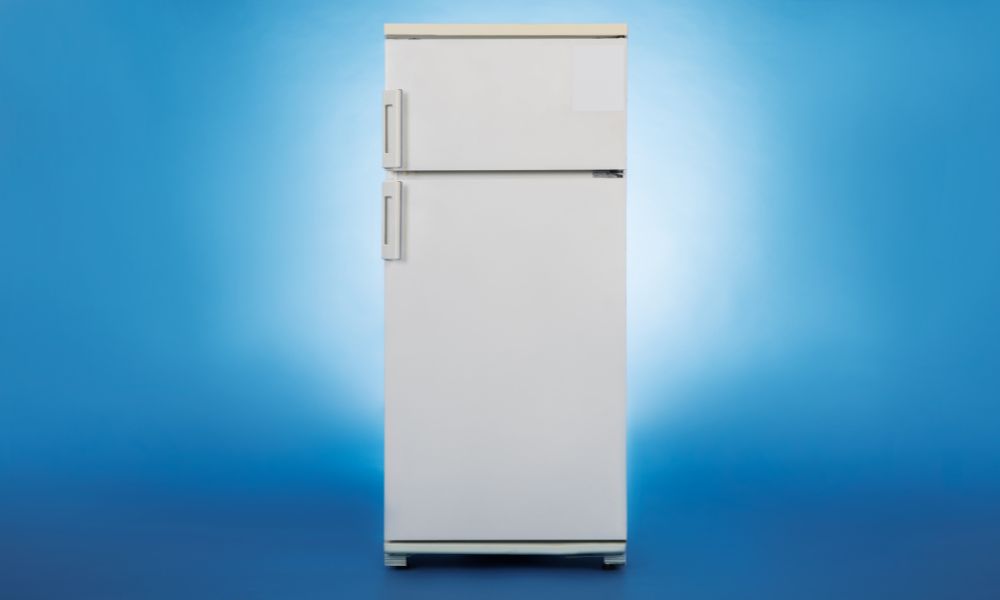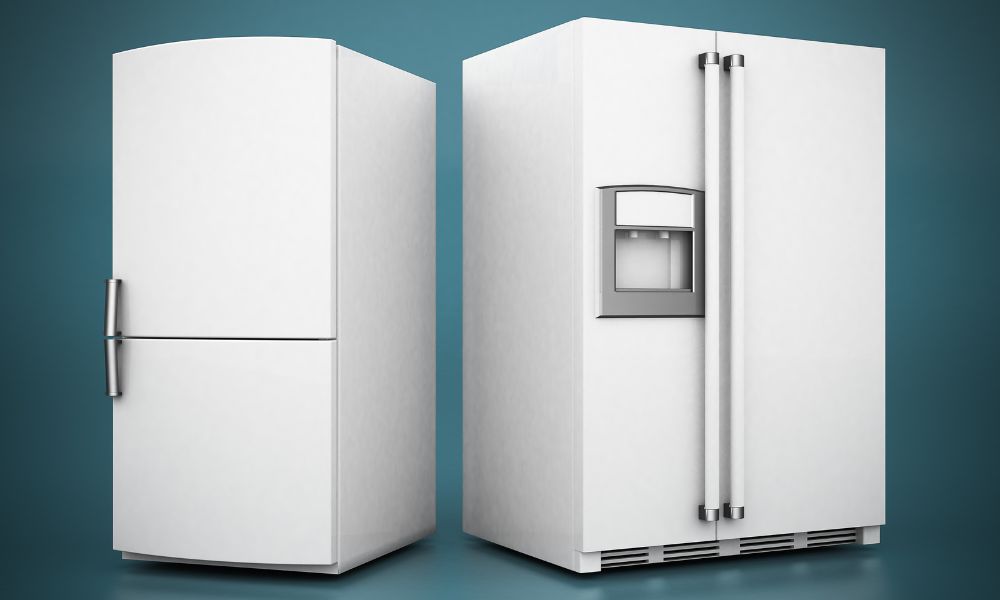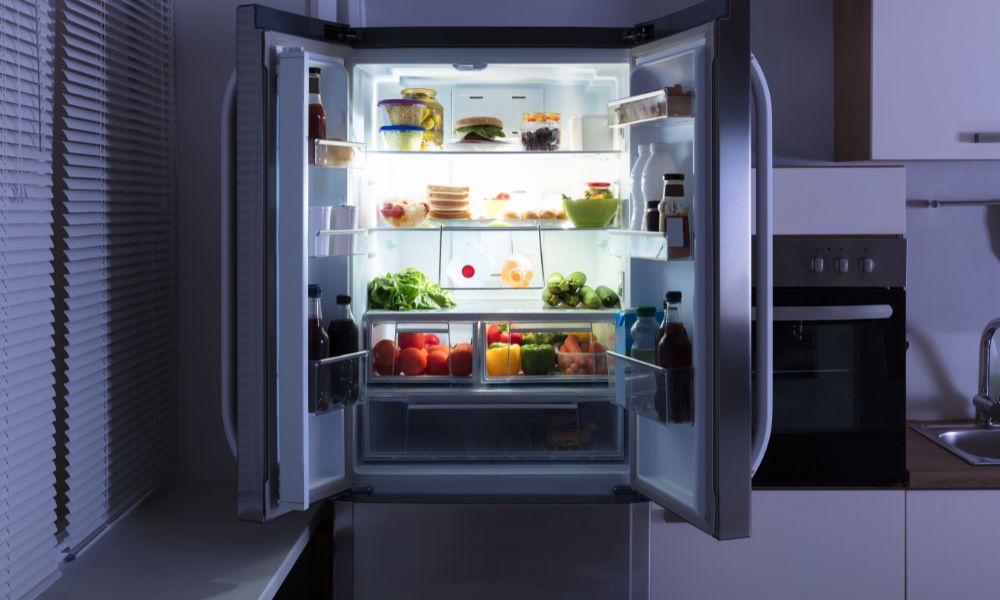When your refrigerator is not cooling properly while the freezer seems to be functioning fine, it can be a frustrating and inconvenient issue to deal with. This problem can lead to spoiled food and beverages, disrupting your daily routine. However, with some troubleshooting and basic maintenance, you can often resolve this issue without the need for professional assistance. Let’s delve into the common causes and effective solutions for fixing a refrigerator that isn’t cooling but has a working freezer.
1. Introduction
Understanding the root cause of the problem is essential before attempting any fixes. When your refrigerator fails to cool adequately, yet the freezer compartment maintains its cold temperature, several factors could be at play.
2. Common Causes
Insufficient Airflow
Restricted airflow due to overcrowded shelves or blocked vents can impede the circulation of cool air in the refrigerator section, leading to inadequate cooling.
Dirty Condenser Coils
Accumulated dust and debris on the condenser coils can hinder heat dissipation, causing the refrigerator to struggle in maintaining the desired temperature.
Faulty Evaporator Fan
A malfunctioning evaporator fan may fail to circulate cold air from the freezer to the refrigerator compartment, resulting in uneven cooling.
Damaged Gasket
A damaged or worn-out door gasket can allow warm air to seep into the refrigerator, compromising its cooling efficiency.
Low Refrigerant Levels
Low refrigerant levels due to leaks can hamper the cooling process, affecting the refrigerator’s overall performance.
3. Troubleshooting Steps

Check the Thermostat Settings
Ensure that the thermostat settings are correctly adjusted to the desired temperature. Sometimes, accidental adjustments can lead to inadequate cooling.
Clean the Condenser Coils
Regularly clean the condenser coils located either at the back or beneath the refrigerator to remove dirt and debris, facilitating better heat dissipation.
Test the Evaporator Fan
Verify if the evaporator fan is operational by listening for its sound or conducting a visual inspection. Replace the fan if it’s not working correctly.
Inspect the Door Gasket
Examine the door gasket for any tears, cracks, or signs of wear. Replace the gasket if damaged to ensure a proper seal and prevent air leaks.
Evaluate Refrigerant Levels
If all other components are functioning correctly, low refrigerant levels may be the culprit. Contact a professional technician to inspect and replenish the refrigerant if necessary.
4. Advanced Solutions
Defrost Timer Examination
Check the defrost timer for any malfunctions that could disrupt the automatic defrosting cycle, leading to ice buildup and reduced cooling efficiency.
Compressor Assessment
Test the compressor for proper operation and listen for any unusual noises that indicate potential issues. A faulty compressor may need to be repaired or replaced.
Condenser Fan Check
Inspect the condenser fan for obstructions or damage. A malfunctioning condenser fan can impede heat dissipation, affecting the refrigerator’s cooling ability.
Temperature Control Board Inspection
Examine the temperature control board for any visible signs of damage or malfunction. A defective control board may need to be replaced to restore proper cooling.
5. DIY vs. Professional Repair
When to Attempt DIY Fixes
Simple troubleshooting tasks such as cleaning coils and checking thermostat settings can often be safely performed by homeowners.
Signs You Need Professional Assistance
If the problem persists despite your efforts or if you encounter complex issues such as compressor or control board malfunctions, it’s advisable to seek professional repair services.
6. Preventive Maintenance Tips

Regular Cleaning
Schedule routine cleaning of condenser coils, door gaskets, and interior compartments to prevent dirt buildup and ensure optimal cooling performance.
Temperature Monitoring
Regularly monitor the refrigerator and freezer temperatures to ensure they remain within the recommended range for safe food storage.
Proper Ventilation
Maintain adequate clearance around the refrigerator to allow proper airflow and prevent overheating of the compressor.
Timely Repairs
Address any minor issues promptly to prevent them from escalating into major problems that require costly repairs.
Conclusion
Troubleshooting a refrigerator that’s not cooling but has a working freezer can be manageable with the right approach. By identifying common causes such as airflow restrictions, dirty coils, or faulty components, and following the appropriate troubleshooting steps, you can often resolve the issue and restore your refrigerator’s cooling functionality.

